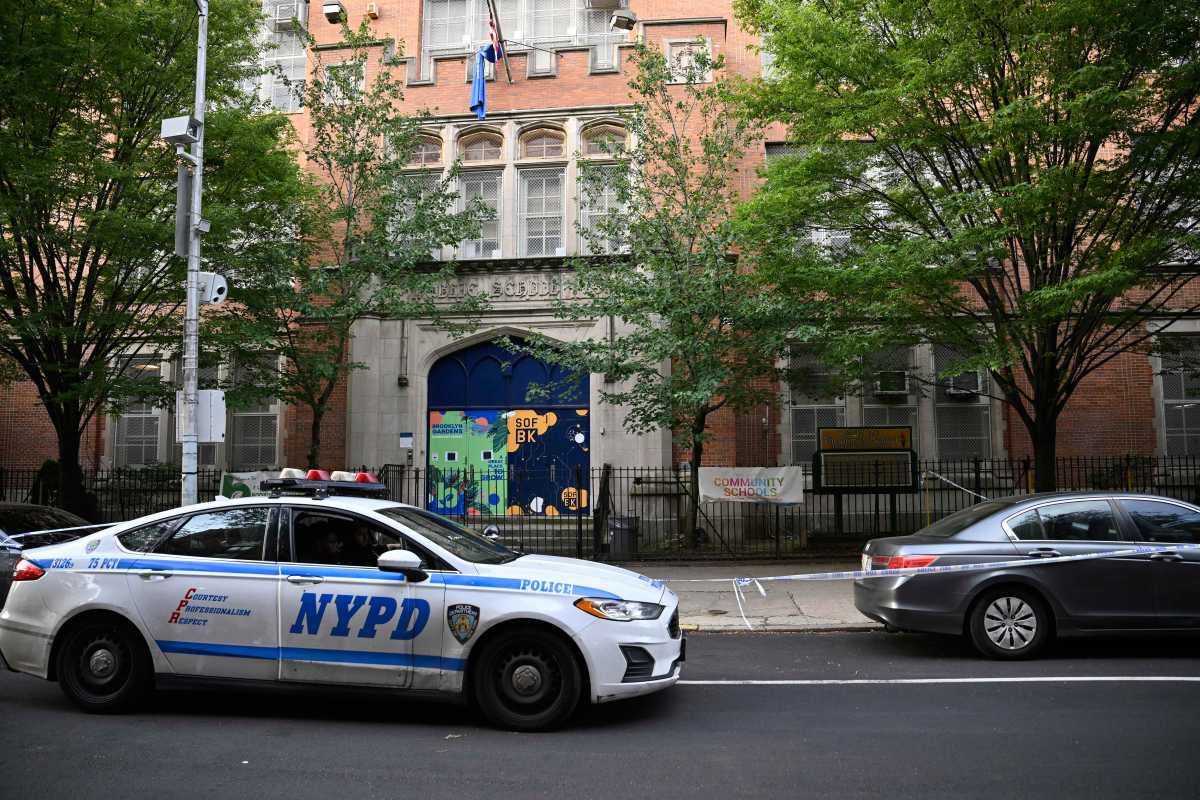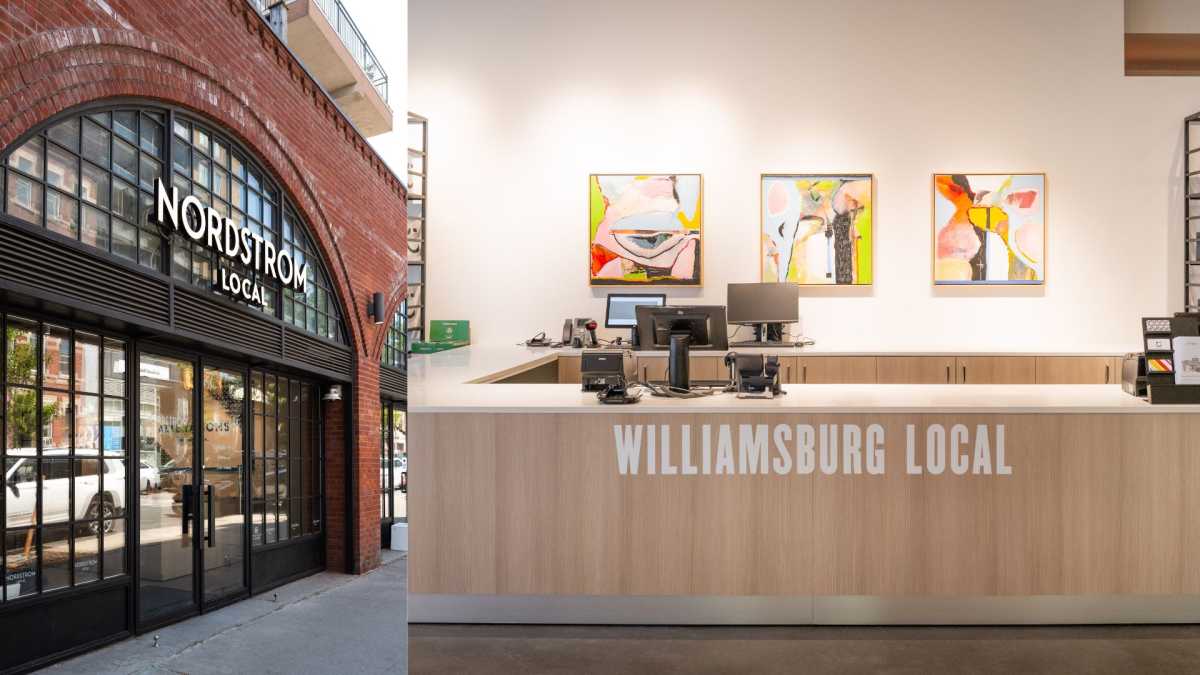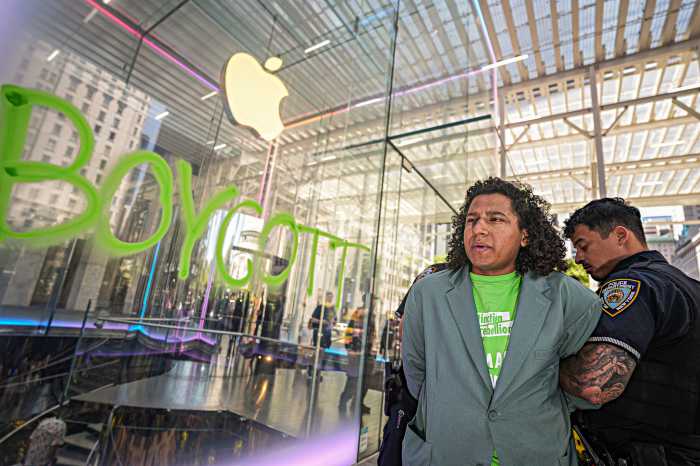Forget the subway’s third rail—it’s the stations themselves that commuters should be concerned about, a recent study concluded.
The report, prepared by the office of Assemblymember Dov Hikind entitled “Safer Subways,” surveyed 93 subway stations citywide—roughly 20 percent of the system—and found that more than 60 percent with “severe safety hazards.”
Conducted over the past two months, the study found a “general pattern of erosion in station platforms” throughout the system.
“If I had these cracks, fissures, gaping holes, corrosion in the sidewalk in front of my home or on any wall in my home, I’d be slammed with violations,” said Hikind. “How is the MTA getting away with this kind of structural neglect? Who’s in charge? With 1.5 billion riders every year this is malpractice of the highest order. If any structure in New York City would be in such a state of disrepair, it would be condemned.”
The report found a troubling pattern of stations in woeful disrepair.
“What is disconcerting is the fact that MTA employees failed to recognize these corrosive conditions when they were readily apparent to surveyors,” the report noted. “Station platforms are cracked, have significant gaps in many locations, and represent serious safety hazards to riders, especially to the most vulnerable, the young and the elderly.”
The worst safety violations were found along the B and Q line, particularly the Avenue J, Avenue M and Kings Highway stations.
Things weren’t much different further north. Corrosion was found throughout the platform of the Fourth Avenue Station on the F line, the study found.
“It is beyond comprehension,” said Hikind. “It is inexcusable. This has nothing to do with the budget—these are simple, emergency repairs—not millions of dollars.”
“When you see a piece of wood that’s rotten, you fix it,” the Borough Park lawmaker added.
Hikind said he launched the study, in conjunction with Manhattan Borough President Scott Stringer, after a wave of constituent complaints.
As an example, Hikind said, seventeen year old, Yossi Hershkop, had his shoe slip between the train and the precarious platform at the Avenue M station. The boy would have been dragged along with the train if he had not successfully wrestled his foot out of the gap.
MTA-New York City Transit spokesperson Charles Seaton said the agency just received the report, and was not yet prepared to comment. “We are reviewing it,” he stated.
Hikind said the problems go beyond rotted platforms and filthy stairwells.
“You have more bureaucracy in the MTA than in any agency in the history of the world,” he said. Layers of officials make it difficult to hold any one person responsible, he noted.
“They want more money…but why throw money at a system so incompetent and inefficient?” Hikind said.






















